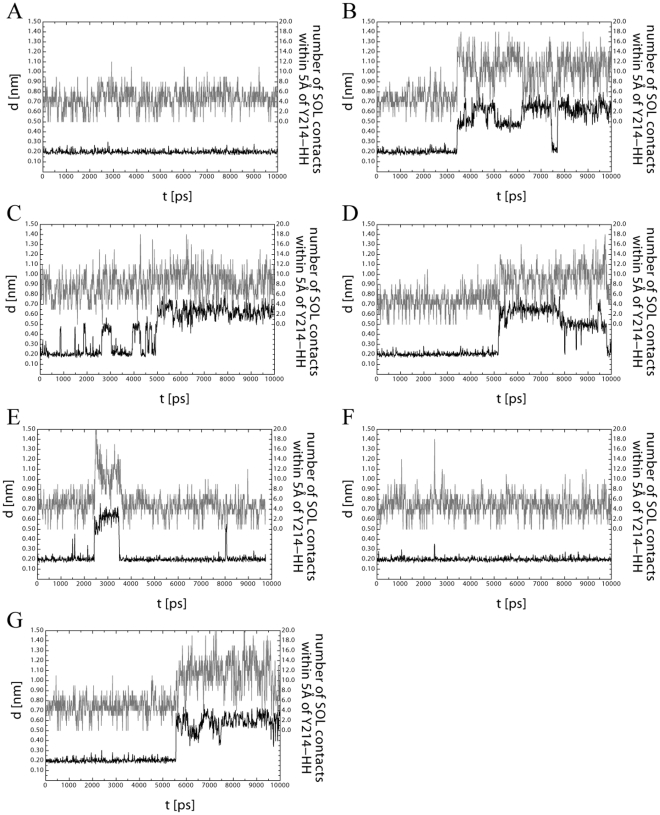Figure 4. Results of the VDE structural integrity during 10 ns molecular dynamics simulations.
Representative results of the molecular dynamics simulations of VDE in water show the hydrogen bond, i.e. the distance between ND1-H121 and HH-Y214 (black trace) and the amount of water within the central hydrophobic barrel of VDE (grey trace, solvent contacts within 0.5 nm of Y214-HH). Opening of the barrel structure is required for dimerization and activation of VDE. In (A) protonation states of VDE were chosen as calculated using continuum electrostatics, B–F) the five target residues, i.e. with a pKa within the activation range of VDE have been fixed in their protonated state, one at the time: D98 (B), D117 (C), H168 (D), D206 (E), D86 (F). G) same analysis was performed with all four candidate residues for pH dependent conformational change while in their protonated state.

